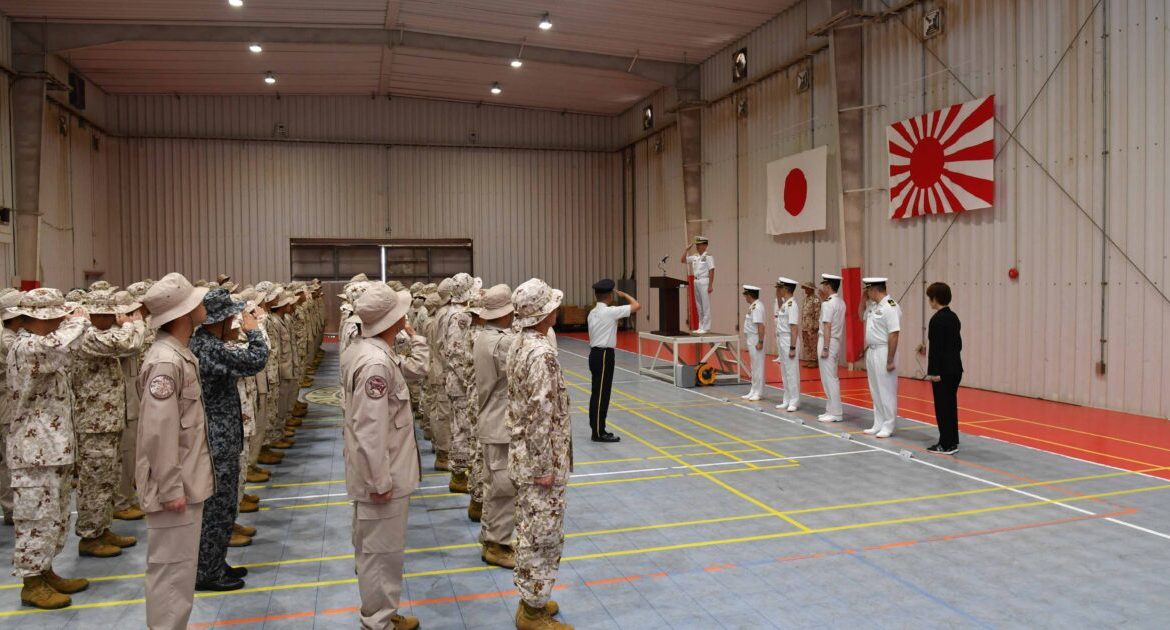
Japan’s Defense White Paper Echoes U.S. View: China the Greatest Threat


Japan’s latest defense white paper warns that China poses the greatest strategic threat in the Asia-Pacific, citing Beijing’s rapidly expanding military capabilities and increasingly assertive behavior. The report highlights China’s growing navy, vast missile arsenal, and nuclear ambitions, as well as its aggressive actions near Taiwan and the disputed Senkaku Islands. Japan’s Defense Ministry expressed alarm over frequent Chinese coast guard patrols, spy plane incursions, and warship movements near Japanese territory.
This assessment mirrors the stance of U.S. Secretary of Defense Pete Hegseth, who stated, “There’s no reason to sugarcoat it: the threat China poses is real, and it could be imminent.” Speaking on Beijing’s military build-up, Hegseth warned that China is “credibly preparing to use military force to alter the balance of power in the Indo-Pacific” and made clear that if deterrence fails, the U.S. is “prepared to fight and win, decisively.”
Though he stressed that Washington does not seek conflict with Communist China, he affirmed that the U.S. “will not be pushed out of this critical region” or allow its allies to be “subordinated and intimidated.” He further cautioned that a Chinese attack on Taiwan would bring “devastating consequences” for the entire world.
Japanese authorities and military planners have concluded in recent years that a Chinese invasion of Taiwan could qualify as a “survival-threatening situation,” triggering a Japanese military response under the country’s collective self-defense framework.
Japan’s 2025 Defense White Paper presents a stark assessment of the current security landscape, declaring that the international community is facing its greatest trial since World War II and that Japan is confronting “the most severe and complex security environment of the post-war era.”
The report explicitly identifies China’s external posture and military activities as “an unprecedented and the greatest strategic challenge” that must be addressed through Japan’s comprehensive national power. For over 30 years, China has sustained rapid defense budget growth with little transparency, fueling broad military modernization across its nuclear, missile, naval, and air forces.
The white paper cites specific incidents illustrating China’s escalating assertiveness. In August 2024, a Chinese military aircraft violated Japan’s territorial airspace, followed by a Chinese Navy aircraft carrier operating near Japanese waters in September. Most alarming was a May 2025 incident in which a helicopter from a China Coast Guard vessel intruded into Japanese airspace near the Senkaku Islands, an act officials described as part of China’s “relentless” effort to unilaterally alter the status quo by force.
China’s military activities now extend well beyond Japan’s immediate vicinity. The white paper notes intensified operations from the East China Sea to beyond the first and second island chains. In the South China Sea, China continues building military bases based on claims that defy established maritime norms. Around Taiwan, repeated PLA drills appear aimed at creating a fait accompli and sharpening real combat readiness.
The report also highlights growing China-Russia defense cooperation, including joint bomber flights and naval patrols near Japan, which are viewed as deliberate shows of force. It further underscores the escalating U.S.-China rivalry and warns that the military balance is tilting rapidly in Beijing’s favor. Analysts fear China may attempt unification with Taiwan through gray-zone tactics such as intimidation, coercion, or blockades.
In response, Japan is raising defense spending, enhancing counterstrike capabilities, and deepening ties with the U.S. and other partners. It is developing “future core defense capabilities,” including stand-off weapons, Integrated Air and Missile Defense, unmanned systems, and cross-domain operations.
Beyond U.S. cooperation, Japan launched the “OCEAN” initiative (One Cooperative Effort Among Nations) to promote multilateral defense partnerships across the Indo-Pacific. And Japan plans to raise defense spending to 2% of GDP by 2027.
China condemned the white paper, accusing Japan of exaggerating the “China threat.” State media criticized the release of a children’s version as politically manipulative and inappropriate. The booklet, which portrays neighboring countries like China as military threats, was distributed to over 2,400 elementary schools, marking the first time such material was sent directly to children.
The CCP and Xinhua claimed the move incites hostility among youth, while Japanese scholars and civil groups warned it could promote nationalism and militarism. Critics also argue it downplays Japan’s wartime history and presents the Self-Defense Forces in an overly positive light. However, this criticism misses the point.
A defense white paper is intended to identify national security threats, China, in this case, and outline military responses. A historical accounting of Japan’s past war crimes would not have served that strategic purpose.
Some Japanese citizens worry that recent moves signal a rearming of the military and a broader rightward shift in defense policy. Beijing quickly amplified these concerns, with state media highlighting protests and criticism from educators. According to CCP media, opponents argue that distributing the children’s version of the white paper fosters fear and bias in young minds, undermining peace, critical thinking, and historical awareness. Some have even called for the material to be withdrawn.
Beijing’s criticism only underscores the urgency for both the U.S. and Japan to prepare for the possibility of war with China.
The post Japan’s Defense White Paper Echoes U.S. View: China the Greatest Threat appeared first on The Gateway Pundit.
